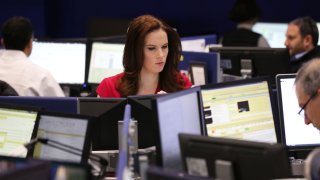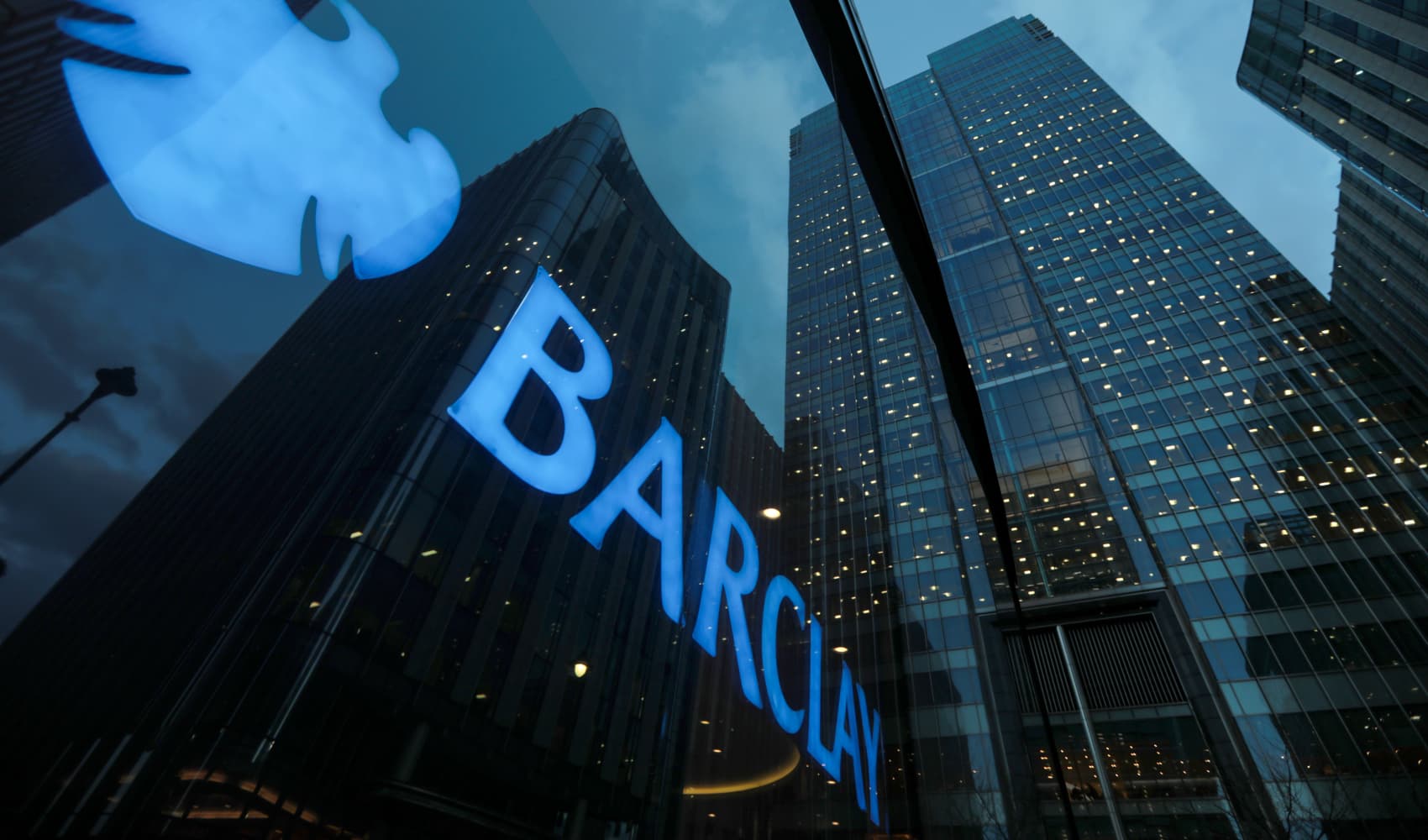
Remember the Nasdaq's 43% climb last year? Now, the economic data are backing it up.
As David Zervos of Jefferies points out, U.S. GDP just hit $19.09 trillion last quarter--up from $19.01 trillion in the first quarter of 2020. That's impressive enough considering how quickly we rebounded from the pandemic.
But even more impressive, if you want to call it that, is the fact that we did it with 8.5 million fewer people in the labor force. That means the economy got dramatically more productive, which in the long run is great--higher output per worker means we can keep raising living standards without generating inflation.
It's not so great, obviously, if you're one of those 8.5 million workers.
Get South Florida local news, weather forecasts and entertainment stories to your inbox. Sign up for NBC South Florida newsletters.
"The fact that we did not need those additional workers to produce pre-pandemic levels of GDP suggests that many of these jobs were already in the crosshairs of creatively destructive technological advance," Zervos wrote this morning.
In other words, those jobs may not be coming back. It's one thing for a restaurant to reopen and bring back workers. It's another if a corporate office can function with only 60% of the staff it once needed. It's why Zervos thinks the pace of hiring could actually slow this year even as the economy keeps growing, which would act as a brake on inflation (and we should note, the 10-year yield this morning is back under 1.6%).
I take his point, but I wonder if these waylaid workers will prove more resilient than we think. For now, there are tons of open positions in restaurants, retail, and hospitality for that segment of the labor force. No sign of technology eroding them in the near term. And in the higher-wage, white-collar industries mentioned above, should we really expect workers to drop out of the labor force altogether instead of looking for new work? The whole point of being a "knowledge" worker is that you can always learn something new.
Money Report
Anyhow, this whole debate is something the Fed is watching extremely closely. Pre-pandemic, the labor force participation rate was just over 61%. As of March, it was below 58%. Getting back above 60% would represent "substantial progress" towards meeting the Fed's employment mandate, said Richmond Fed president Barkin yesterday on CNBC.
And if we do reabsorb workers into new positions and the economy continues to be this much more productive, that's a formula for a pretty nice boom.
See you at 1 p.m!
Kelly






